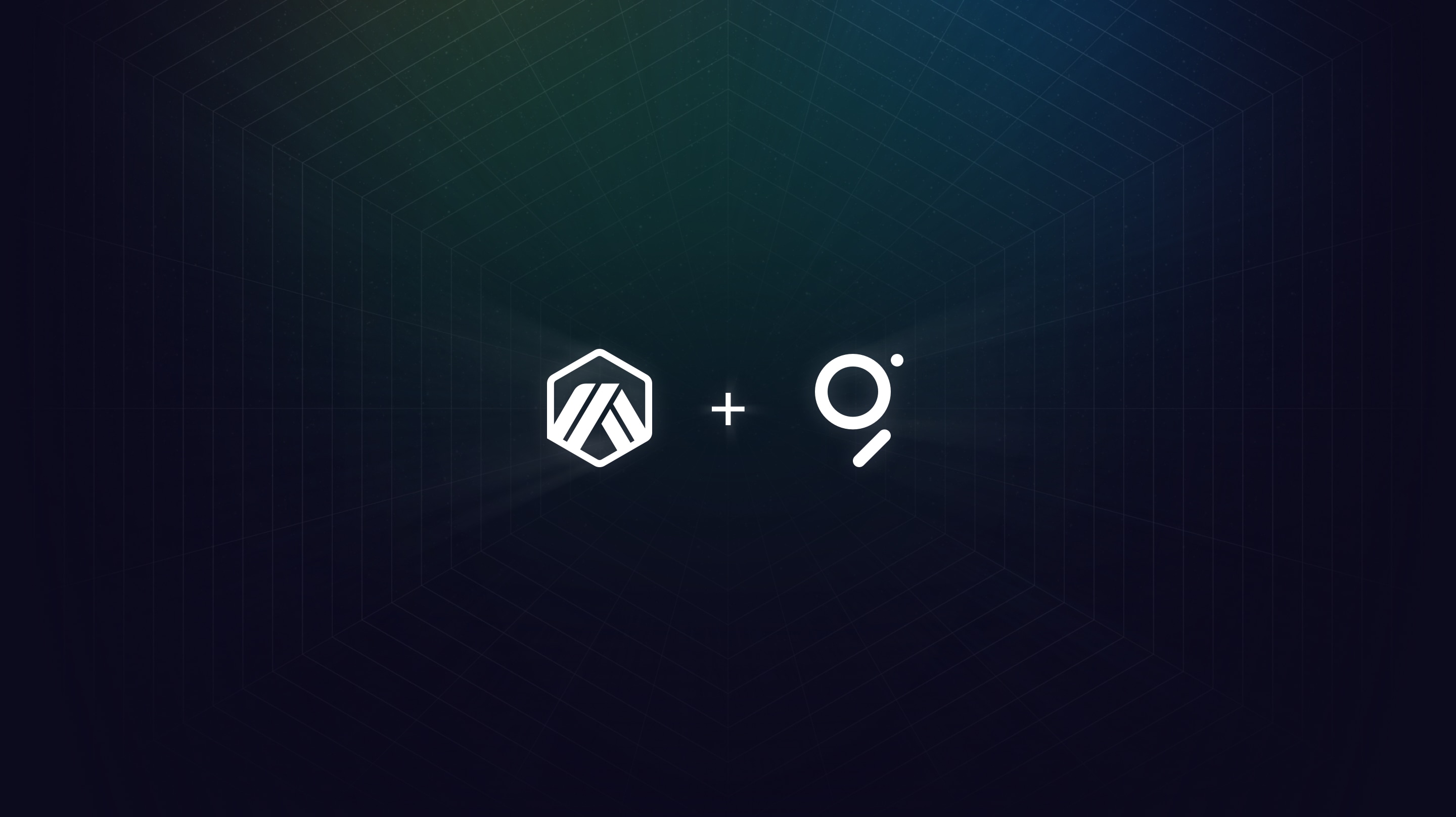

Arbitrum Integrates The Graph, Indexed Open Data Now Live on Arbitrum L2 Rollup
The Graph Foundation expands to L2 rollup Arbitrum and adds Indexing and Querying Support.
is excited to announce that has integrated with The Graph and is now live on the hosted service. This integration continues The Graph’s expansion efforts to scale Web3. The Graph’s expansion to applications on Ethereum, to applications on Layer 2 scaling solutions include sidechains, as well as indexing and querying for Arbitrum. The Graph is thrilled to bring indexing to the Arbitrum ecosystem and help developers build scalable decentralized applications.
With a fully EVM-compatible rollup solution, Arbitrum has seen significant traffic on its open and permissionless testnet with dozens of dapps deploying and interacting on the platform and has begun onboarding projects and infrastructure providers to mainnet. Developers on Arbitrum can now build and publish open APIs, called , that applications can query using GraphQL.
The Graph currently supports indexing data for Ethereum, IPFS, Celo, Avalanche, Fantom, Moonbeam and now Arbitrum. The Graph is continuing to expand to networks, with more Layer 1 and Layer 2 chains coming soon. The Graph’s community has ~17,000 developers that have built over for applications like Uniswap, Synthetix, Aragon, Gnosis, Balancer, Livepeer, DAOstack, Balancer, Enzyme, Decentraland, DODO, MCDEX, and many others. Adding Arbitrum to this list is a significant step forward in achieving the Web3 mission.
Arbitrum is an optimistic rollup Ethereum scaling solution that enables high-throughput, low cost smart contracts while remaining trustlessly secure. Code is compiled from Solidity with zero to minimal code modifications and is compatible with general front-ends to support plug-ins for Web3, ethers, and go-ethereum.
We are excited to unite The Graph and Arbitrum’s communities to further strengthen the Web3 community.
Subgraphs on Arbitrum
Developers on Arbitrum can now build and publish subgraphs. This means that applications like decentralized exchanges, games, NFTs, and other DeFi applications built on Arbitrum can reliably find and consume organized data from Arbitrum directly into their dapps.
“The Arbitrum team has amazing execution, this will help gain a first-mover advantage to become the most competitive L2 solution. Having The Graph also supported on Arbitrum will mean a greater user and developer experience for DODO. Working together, we are excited to bring our Proactive Market Maker (PMM) algorithm to Arbitrum and continue delivering the most efficient liquidity solutions to the market.”
“The Graph has been a wonderful tool that we implement in our routine work. We will absolutely recommend it to dev teams that are seeking to increase productivity. By expanding to Arbitrum rollup, The Graph is able to further assist us and many other devs to achieve greater success.”
Together, The Graph and Arbitrum open the door for more developers to accelerate the journey from idea, to application, to market impact.
Are you a developer who wants to build subgraphs (open APIs) on Arbitrum? For more information on how to use The Graph with Arbitrum, the following material is available: , , , and . Demos about how to build a subgraph using The Graph are available and . Any technical questions developers may have while building can be asked on The Graph’s .
About Arbitrum
Arbitrum is a scaling solution for Ethereum that drastically reduces costs and latency. A so-called “Optimistic Rollup”, Arbitrum instantly scales apps, reducing costs and increasing capacity, without sacrificing Ethereum’s security. Porting contracts to Arbitrum requires no code changes or downloads as Arbitrum is fully compatible with all existing Ethereum developer tooling. Arbitrum has launched Arbitrum One on Ethereum mainnet and is open for developers, and the team is already working with hundreds of teams ahead of its upcoming release to the public.
About The Graph
is the leading indexing and query protocol powering the decentralized internet. Since launching in 2018, it has empowered tens of thousands of developers to effortlessly build and leverage across countless blockchains, including Ethereum, Solana, Arbitrum, Optimism, Base, Polygon, Celo, Soneium, and Avalanche. With powerful tools like Substreams and Token API, The Graph delivers high-performance, real-time access to onchain data. From low-latency indexing to rapid token data, it serves as the premier solution for building composable, data drive dapps.
Discover more about how The Graph is shaping the future of decentralized physical infrastructure networks (DePIN) and stay connected with the community. Follow The Graph on , , , , , and . Join the community on The Graph’s , join technical discussions on The Graph’s .
oversees The Graph Network. , , , and are five of the many organizations within The Graph ecosystem.
